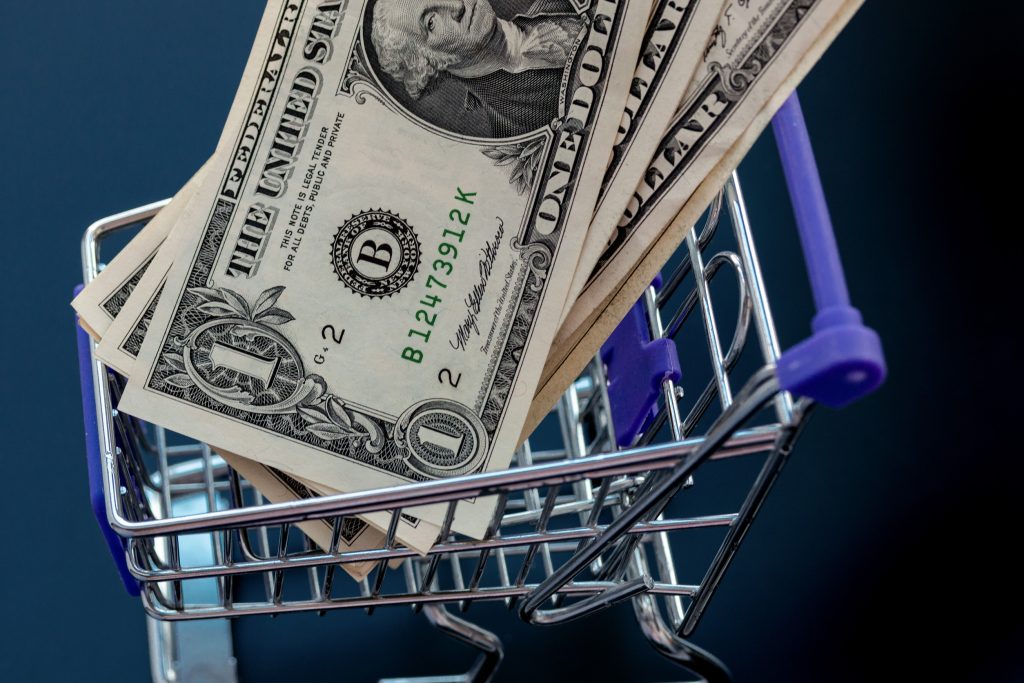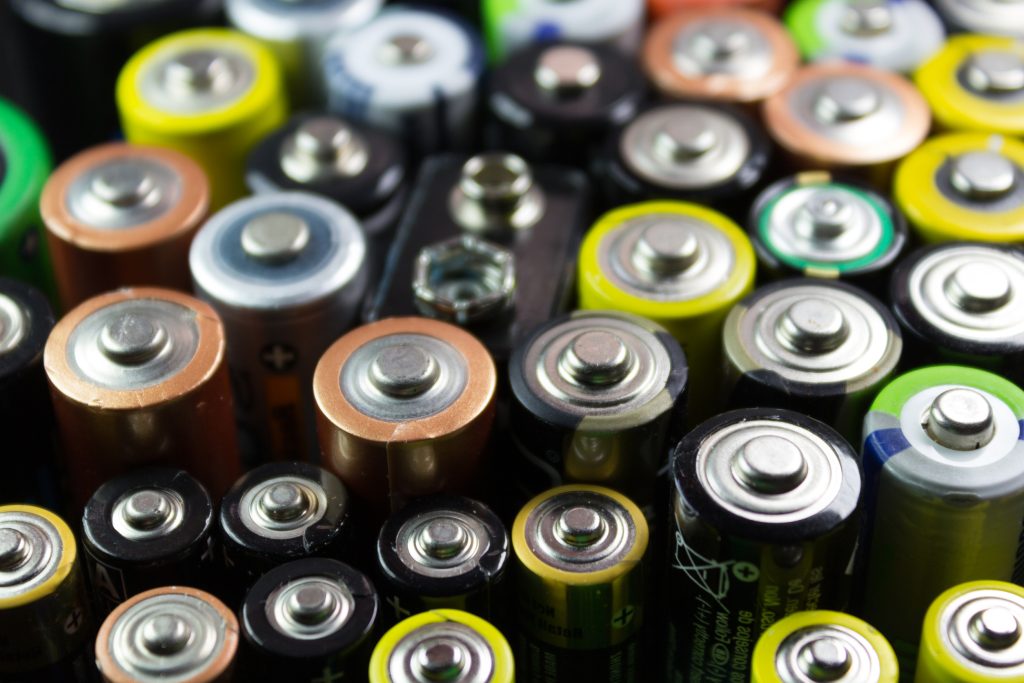
Living in rural towns and small cities, you’ll often see the well-known yellow and black sign of Dollar General. These stores tend to be lifesavers for those who live in less populated areas. They stand in the gap between sometimes grocery and retail stores. You can find most of the products you’d find in larger stores at what often looks like a great deal. While some products offer genuine value, others come with hidden costs like poor quality, inefficiency, or even potential health risks. When shopping at Dollar General, it’s important to know which items to avoid so you don’t end up wasting your hard-earned money. From poorly made tools to questionable beauty products, here are ten items you should think twice about before tossing them in your cart.
1. Electronics
Electronics at Dollar General might seem like a steal, but they’re often too good to be true. These items, like headphones or USB chargers, tend to be poorly made and have a high failure rate. Cheap electronics can also pose safety risks, such as overheating or electrical malfunctions. Investing a little more in quality electronics from reputable brands can save you money and headaches in the long run. Remember, durability and reliability are key when it comes to electronics and Dollar General’s options usually fall short.
2. Cleaning Products
You need to the house clean, so you head to your nearest Dollar General. While the cleaning aisle at Dollar might be tempting, some items can contain toxic chemicals. With this in mind, you may want to look for sales or coupons at larger retailers to stock up on trusted cleaning products. Your wallet and your home will thank you for skipping these options.
3. Kitchen Utensils
Dollar General’s kitchen utensils are often made from flimsy plastic or low-quality metal that can easily break or warp. This lack of durability means you’ll likely have to replace them frequently, negating any initial savings. Poorly made utensils can also pose safety hazards, such as breaking while in use or melting when exposed to heat. Opt for higher-quality kitchen tools that can withstand regular use without falling apart. Investing in reliable utensils will save you money and frustration over time.
4. Over-the-Counter Medications
While it’s convenient to grab over-the-counter medications like pain relievers or allergy pills at Dollar General, the quality and effectiveness of these products can be questionable. Some may contain inactive ingredients that make them less effective, or they could be nearing their expiration dates. When it comes to your health, it’s better to buy medications from trusted pharmacies or larger retailers. The small price difference is worth ensuring the product’s safety and efficacy. Always check labels and reviews before purchasing health-related items.
5. Batteries

Dollar General’s batteries might seem like a good bargain, but they tend to drain faster and have a shorter lifespan than those from reputable brands. Cheaper batteries often leak, which can damage your electronics and cost you more in replacements. Investing in high-quality batteries from trusted brands like Duracell or Energizer will give you better performance and longevity. Rechargeable batteries are another great option for long-term savings. Skip the frustration of constantly replacing dead batteries and choose quality over convenience.
6. Toys
Toys from Dollar General are often made from low-quality materials that can break easily, posing potential safety risks to children. Small parts may detach, creating choking hazards, or the paint and materials used might not meet safety standards. While the low price may be appealing, these toys are rarely durable enough to last through regular play. Consider spending a bit more on toys from reputable brands that prioritize safety and quality. Your children deserve safe and long-lasting playthings, even if it costs a little more upfront.
7. Makeup and Beauty Products
Makeup and beauty products at Dollar General may be cheap, but they can come with hidden risks. Many of these products are made with low-quality ingredients that may cause skin irritation, allergic reactions, or breakouts. Additionally, some items may be counterfeit or past their expiration dates, making them unsafe to use. Investing in trusted beauty brands ensures you’re getting products that are tested and safe for your skin. When it comes to personal care, it’s better to prioritize quality over price.
8. Tools
Dollar General’s tools might work in a pinch, but they’re not built to last. Items like screwdrivers, hammers, or wrenches are often made from low-quality materials that can break or bend under pressure. Using poorly made tools can be dangerous, especially for heavy-duty tasks. Spending a bit more on durable, high-quality tools from a hardware store will ensure you’re equipped for any project. Reliable tools are an investment that pays off in safety and longevity.
9. Food Items
While some food items at Dollar General are a good deal, others are overpriced or of questionable quality. Perishables like dairy, meat, and produce often have shorter expiration dates, leaving you with less time to consume them. Off-brand or imported food products may also lack the quality and taste you expect. It’s worth shopping for groceries at larger stores where you can find fresher and higher-quality options for a similar price. Always check expiration dates and ingredient labels when buying food.
10. Pet Supplies
Although Dollar General does offer some premium dog foods and other pet supplies, there are others that may be made with low-quality ingredients or materials that may not meet your pet’s nutritional or safety needs. Cheap pet toys can break easily, posing choking hazards, while low-cost pet food may lack essential nutrients. Your furry friends deserve the best, and cutting corners on their care can lead to health issues and vet bills. Invest in quality pet products from reputable brands to keep your pets happy and healthy. Their well-being is worth the extra cost.
Shop Smarter and Save More
Dollar General can be a great place to snag deals on certain items, but it’s important to shop carefully and avoid these ten pitfalls. By knowing which products to skip, you can make smarter choices and stretch your budget further. Look for higher-quality alternatives at other retailers or online to get better value for your money. Share this article with friends and family to help them avoid wasting money on these subpar items. Together, we can all become savvier shoppers and make every dollar count.
What items do you avoid buying at Dollar General? Have you ever had to return an item and if so, why? We’d love for you to share in the comments.
Read More:





